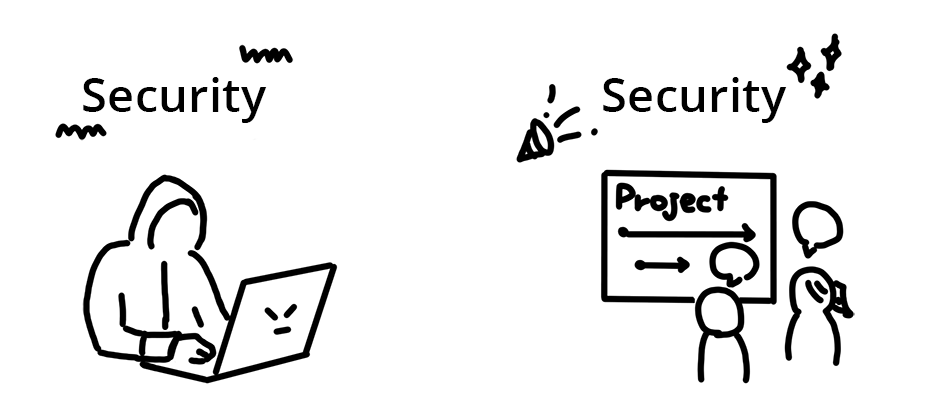What do you imagine when someone says "security"?
Hackers? Attacks? Defenses? A programmer in a black hoodie in a dark room?
When the word "security" comes to mind, it's usually in the context of bad news. You often encounter headlines like "A big social network leaked login passwords" or "an attacker stole credit card information from a shopping site".
But security is something to be taken as a positive and necessary part of web development just like "user experience" or "accessibility".

In the next few guides, you'll learn how to keep your business and your users' content secure.
What is a security vulnerability?
In software development, when an application does not work the way it is intended to work, it's called "a bug". Sometimes a bug displays wrong information or crashes on a certain action. A vulnerability (sometimes called a security bug) is a type of bug that could be used for abuse.
Bugs are common in the day to day activities of a developer. Which means, vulnerabilities are also frequently introduced into applications. What's important is that you are aware of common vulnerabilities in order to mitigate them as much as you can. It is just like minimizing other bugs by following common patterns and techniques.
Most security techniques are just good programming, for example: - Check values entered by a user (not null, not an empty string, checking the amount of data). - Ensure a single user can't take up too much time. - Build unit tests so security bugs can't slip in by accident.
What are security features?
Your first lines of defense are security features such as HTTPS and CORS. (You'll learn about these acronyms later so don't worry about them for now.) For example, encrypting data using HTTPS might not be fixing a bug, but it protects the data you're exchanging with users to other parties. (Intercepting data is a common attack.)
What's the impact?
When an application is not secure, different people could be affected.
| Impact on users |
|
| Impact on the application |
|
| Impact on other systems |
|
Actively securing your application is not only crucial for you and your business but also for your users, protecting them and other systems from attacks launched from your site.
Wrap up
Congratulations! You are halfway through this introduction. Now you know the difference between security vulnerabilities and features, and you are aware that not only you but everyone else gets affected when your application is not secure. The next guide covers the types of attacks in depth to make security even less scary.
